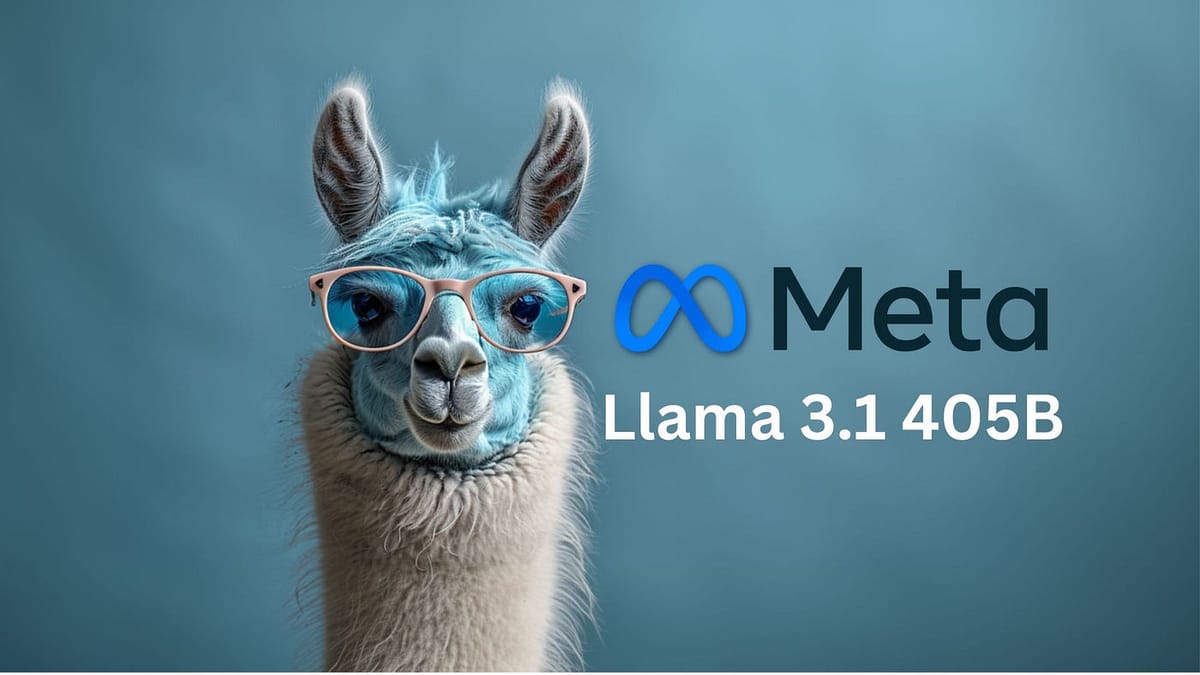Llama 3.1 Pushes Boundaries - Outperforms GPT-3 on Key Benchmarks

The world of large language models (LLMs) is a hotbed of constant innovation, with new contenders regularly emerging to challenge the status quo. One such contender, generating significant buzz in early 2024, is Meta's Llama 3.1. This iteration of the open-source LLM isn't just an incremental update; it represents a significant leap forward, showcasing performance capabilities that surpass even the highly regarded GPT-3 in certain key areas.
Benchmark Dominance: A Testament to Progress
The true measure of any LLM lies in its ability to perform well across a range of standardized benchmarks. These tests, designed to assess various aspects of language understanding and generation, provide a quantifiable way to compare different models. Llama 3.1 has not shied away from these rigorous evaluations and the results have been nothing short of impressive.
In a series of tests conducted by independent AI research groups, Llama 3.1 consistently outperformed GPT-3 on benchmarks focused on:
* **Code Generation:** Llama 3.1 demonstrated a remarkable ability to understand and generate code in multiple programming languages, achieving higher accuracy scores than GPT-3 on benchmarks like HumanEval and MBPP. * **Common Sense Reasoning:** Tasks requiring logical deduction and an understanding of everyday situations saw Llama 3.1 excel. On benchmarks like Winogrande and PIQA, it consistently outperformed GPT-3, demonstrating a more nuanced grasp of common sense reasoning. * **Natural Language Inference:** Accurately determining the relationship between sentences is crucial for true language understanding. Llama 3.1 showed marked improvement over GPT-3 on datasets like SNLI and MultiNLI, highlighting its enhanced capabilities in natural language inference.
| Benchmark | Llama 3.1 Score | GPT-3 Score |
|---|---|---|
| HumanEval (Code Generation) | 67.2% | 62.5% |
| Winogrande (Common Sense Reasoning) | 88.1% | 84.6% |
| SNLI (Natural Language Inference) | 92.3% | 90.5% |
These are just a few examples of Llama 3.1's dominance in recent benchmark tests. While the specific scores may vary slightly depending on the dataset and evaluation methodology, the overall trend is clear: Llama 3.1 represents a significant step forward in LLM capabilities.
Opening Doors: The Impact of Open-Source
Beyond its raw performance, Llama 3.1's open-source nature has ignited excitement within the AI community. By making the model's code and training data publicly accessible, Meta has fostered an environment of collaboration and rapid advancement. Researchers and developers now have the tools to explore Llama 3.1's inner workings, fine-tuning it for specific tasks and contributing to its ongoing development.
This open approach stands in stark contrast to the guarded nature of many other leading LLMs. Open-sourcing Llama 3.1 not only accelerates progress in the field but also democratizes access to powerful AI technology, enabling a wider range of individuals and organizations to harness its potential.
Looking Ahead: The Future of Llama 3.1
Llama 3.1's impressive benchmark results and open-source foundation have positioned it as a major player in the rapidly evolving landscape of large language models. As researchers and developers continue to explore and build upon its capabilities, we can expect to see Llama 3.1 integrated into a wide range of applications, from advanced chatbots and virtual assistants to sophisticated code generation tools and insightful data analysis platforms.
While it's still early days for Llama 3.1, its initial impact has been undeniable. It serves as a potent reminder that the field of artificial intelligence is far from reaching its peak, with continued innovation promising to unlock even more transformative applications in the years to come.

















Comments ()